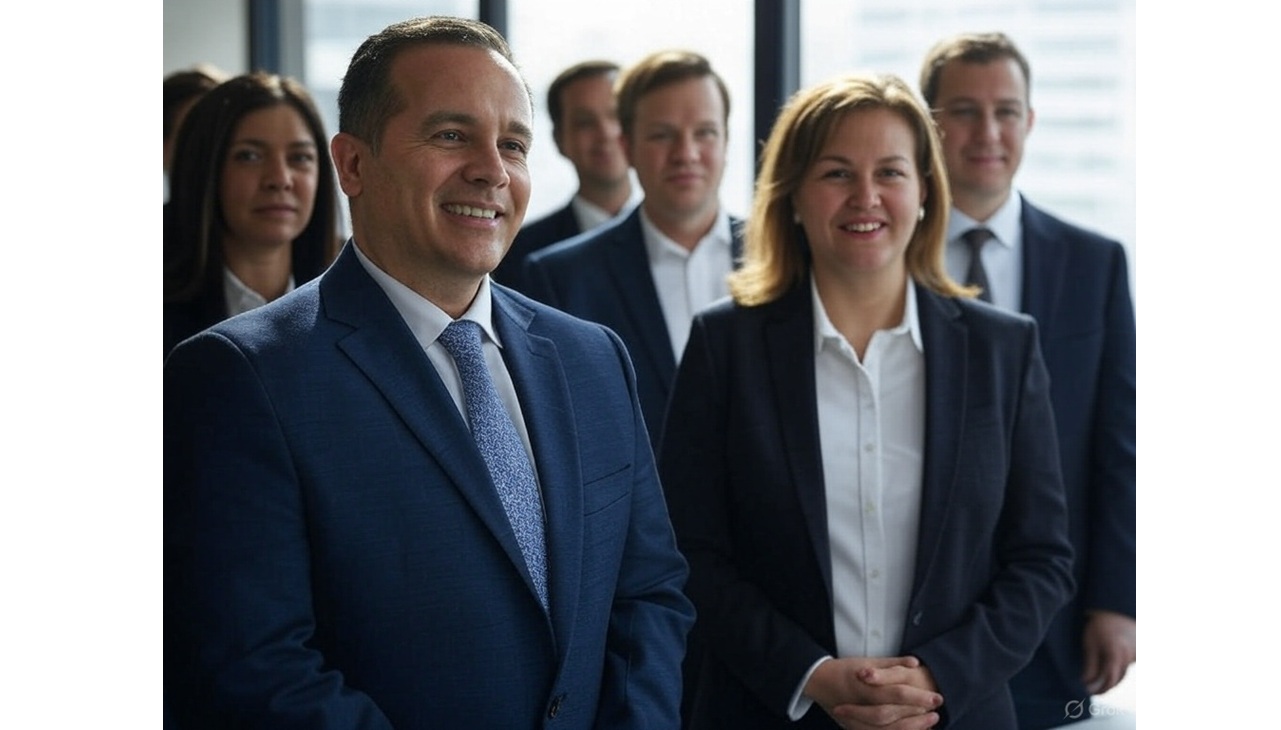
As Philly reopens, some zip codes still lag behind in vaccination rate
As Philadelphia lifts its remaining mask mandates and COVID-19 safety protocols, public data reveals that communities of color may be in danger amid the…
The Philadelphia Department of Public Health recently announced on Friday, June 11, that it would lift the last remaining of its indoor mask mandates.
It is now optional in most places to wear your mask indoors, with some exceptions, and restaurants will now be able to end their 11 p.m. last call requirements. The end of these mandates, which have been in place for nearly 15 months, serves as a beacon of hope to the city that the end of the pandemic is within its grasp.
However, due to a variety of socioeconomic and cultural factors, not every community in Philadelphia can enjoy the news. While more affluent demographics are able to breathe a sigh of relief, the fight against COVID-19 is still an ongoing reality for less privileged communities.
When looking at public data regarding vaccine rollout by race, there is a staggering disparity between rates of vaccination between Philadelphians as a whole and Philadelphians of color, particularly within the Hispanic community.
As of the week of June 14, the amount of Philadelphians 18 and older who received at least one dose is 69% citywide. However, the rate for the Hispanic population pales in comparison at almost half at just 37% of Hispanic individuals in the same age range receiving at least one dose.
This issue becomes even more visible when focusing on the North Philadelphia zip codes of 19133 and 19134. Both represent Kensington and its surrounding neighborhoods, and have among the highest Hispanic populations in the city, with 65.8% and 49.5% of the total population, respectively.
They are also the zip codes that are among the lowest in terms of vaccination rate, with both having less than 3,500 people with at least one vaccine dose per every 10,000 people.
Ivonne Garcia, a Philly resident and community activist, was shocked when she heard of the vaccine disparity, and put emphasis on information going to Hispanic communities in Spanish.
“It is important that the information comes to them [the Hispanic community] in Spanish… it is important so that they have more confidence,” she said.
Bridging the language barrier also opens the door to Garcia’s other recommendations, which included more transparency around the cost for the vaccine (there is none and it is provided for free by the federal government) and assurance that residents are eligible to receive the vaccine regardless of their legal status or nationality (they are).
Gloria — who requested only to be identified by her first name — is a former volunteer for Esperanza Health Center’s COVID-19 vaccination clinics that served the predominantly Hispanic neighborhoods of Hunting Park and Kensington.
RELATED CONTENT
She recalled witnessing hesitation and anxiety from some of the Hispanic patients getting the vaccine.
“I didn’t know if it was fear of the injection, fear of a reaction, fear of developing blood clots etc,” said Gloria.
She noted that the clinic tried to make the residents as comfortable as possible in an attempt to curb medical mistrust in the community. All in all, Gloria said it was successful on that front.
“I think the clinic was successful because they have the time and space to pay more attention to cultural differences and peoples fear and anxiety.” she said.
Gloria said part of her job was to provide reassurance to the patients, and were present and attentive if any of the vaccine recipients felt poorly.
She also pointed out, much like Garcia, that expanding the presence of bilingual vaccination sites to break down the language barrier was a crucial element in facilitating an equitable vaccine distribution in Philadelphia.
Despite the stewardship of Esperanza’s clinic and the success of FEMA’s that operated out of the Convention Center, citywide data still reveals a hard truth about the socio-economic and cultural barriers that determine who is and who is not protected against COVID-19.
To learn more about the city’s COVID-19 protocol, click here for a link to the city’s COVID-19 updates homepage.










LEAVE A COMMENT: